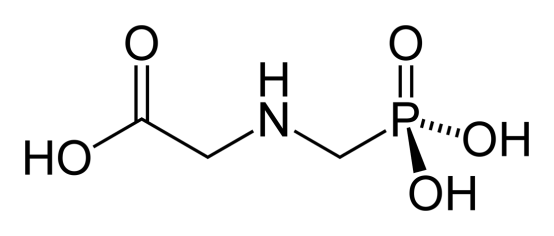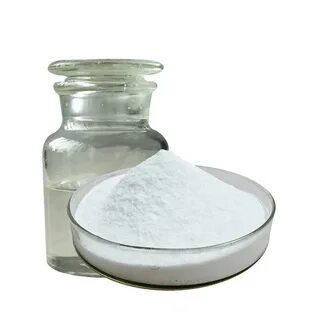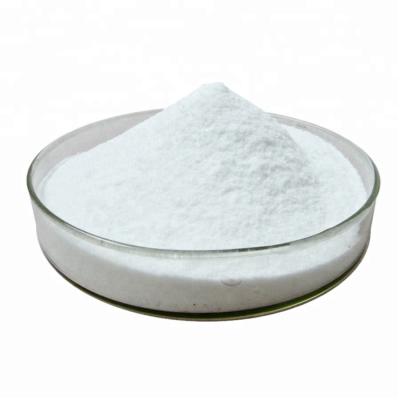Glyphosate Organophosphorus Herbicide
Common name: Glyphosate
Chemical name: N-(Phosphonomethyl)glycine
Molecular formula: C3H8NO5P
It has a good control effect on perennial weeds such as thatch, cyperus rotundus and bermudagrass.
Common name: Glyphosate
Chemical name: N-(Phosphonomethyl)glycine
Molecular formula: C3H8NO5P
Structural formula:

Molecular weight: 169.07
CAS No. : 1071-83-6
Physical and chemical properties:
The pure product is a white solid. m.p.230℃ (decomposition). It is hardly soluble in general organic solvents; its solubility in water is 1.2% at 25°C. Usually made into glyphosate amine salt, such as isopropylamine salt, dimethylamine salt, etc., can also be made into sodium salt. The glyphosate salt is soluble in water.
Product description:
Glyphosate is an organophosphorus herbicide. It is a non-selective systemic conductive herbicide for stem and leaf treatment. It was developed by Monsanto in the early 1970s. It is usually made into isopropylamine or sodium salt when used. Its isopropylamine salt is the active ingredient of the well-known herbicide trademark "Roundup". Glyphosate is a highly effective, low-toxic, broad-spectrum herbicide with a systemic conduction effect. This product dissolves the waxy layer on the surface of the leaves, branches and stems of the weed, and the efficacy quickly enters the plant conduction system to produce an effect, causing the weeds to dry up and die. It can effectively control annual and biennial gramineous, cyperaceae and broadleaf weeds. It has a good control effect on perennial weeds such as thatch, cyperus rotundus and bermudagrass. It is widely used in orchards, mulberry gardens, tea gardens, and rubber Chemical weeding of gardens, grassland renewal, forest fire lanes, railways, highways, wasteland and no-till land.
Specifications: 95%TC,41%SL,62%IPA salt SL
Usage:
Systemic conduction broad-spectrum herbicide. It mainly inhibits the enol acetonyl shikimidin phosphate synthase in plants, thereby inhibiting the conversion of shikimate to phenylalanine, tyrosine and tryptophan, which interferes with protein synthesis and causes plant death. It was originally used in rubber plantations to control thatch and other weeds, which can make rubber trees tapped one year earlier and are produced by old rubber trees. It is now gradually spread to forestry, orchards, mulberry gardens, tea gardens, rice-wheat, rice and rapeseed rotation fields. Various weeds have different sensitivity to glyphosate, so the dosage is also different. Annual weeds such as barnyard grass, foxtail grass, kang niang, goosegrass, crabgrass, pig dan, etc.
Submitted successfully
We will contact you as soon as possible




